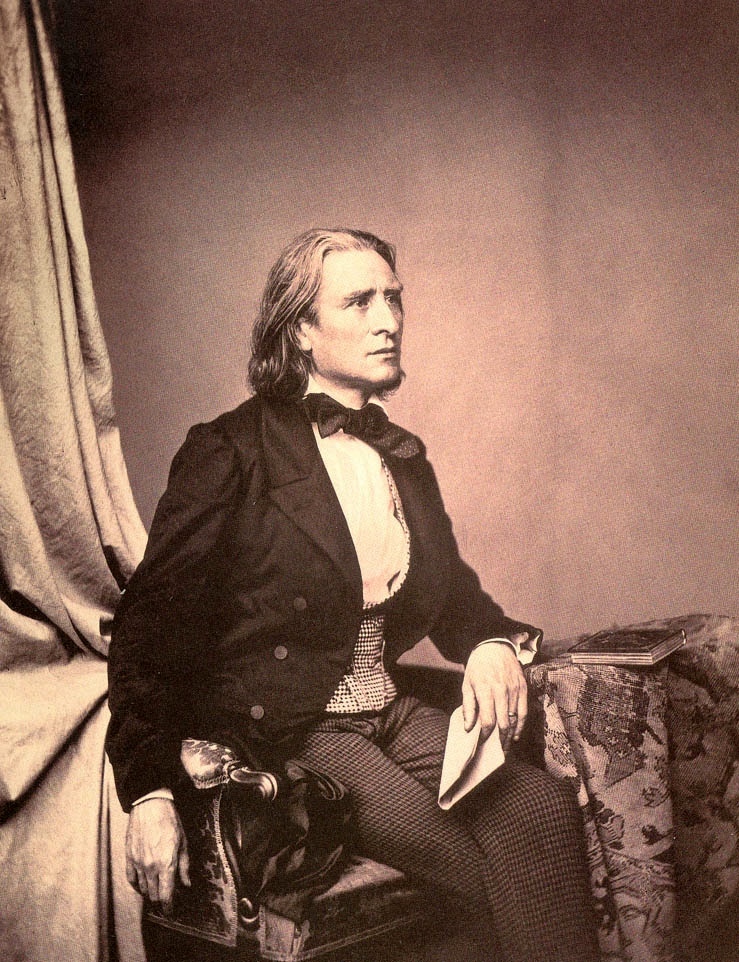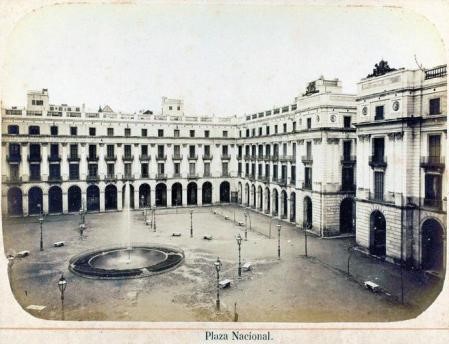The Plaza Real is one of the most visited corners of Barcelona. At all hours you it’s moving. Full of a variety of restaurants offering a wide range of gastronomy and places where modern music is present. But there was a time when opera could be enjoyed in this space, for a few years in the middle of the 19th century.
The Old Convent of Santa Madrona
Until 1847 we cannot imagine the Plaza Real in its current form, that is an open space. For a long time it was the location of the Convent of Santa Madrona, also known as the Convent of the Capuchins. If we go back in time to the origin of its construction, we arrive at 1723. It stood for more than 100 years, but not always as a religious place.
Public square yes or no?
In 1836 this convent was confiscated and passed into the hands of the city of Barcelona. The council was considering what to do with the new property, debating between the option of rebuilding the space as a new square or creating a public facility for the leisure of the people of Barcelona. Until they finally decide between the proposals, they used part of the convent to create a Theater called Animated Theater or Theater of the Capuchins.
A deserted contest
Finally, in 1841 a competition was called to build a new theatre for a whopping 4,000 people. At the same time two candidacies headed by Francesc Daniel Molina and Josep Oriol Mestres were presented. Thanks to the archives and the press of the time, we can find out some details such as the motto of the project presented by Josep Oriol Mestre, “Genius creates, taste chooses”. Apparently neither of the two proposals managed to convince the jury and the contest was deserted.
A fix to start
Once again, the debate between plaza yes or plaza no was stopped until a new decision could be taken but in the meantime the council rented the building to a private company. The deal with this company was to use an area of the old convent as a theatre for 3 years. For this, part of the existing church was converted and an Italian-style theatre was created, in the shape of a horseshoe and with capacity for 1,000 people. The adapted theatre had a ground floor , 3 levels with boxes and a 4th floor with stands.
Curtain up
With this panorama, on April 16, 1843, the Teatro Nou de la Rambla was inaugurated with a spoken play. Music did not arrive until June 1 of the same year. And it arrives with a premiere in the city of the opera Pia de’ Tolomei by Donizetti. At that moment, an interesting opera season begins that will compete with other venues in the city.

Many works by Gaetano Donizetti are staged such as Lucia di Lammermoor, Belisario, Roberto Devereux. Other operas by the composer such as La Figlia di Reggimento are even premiered. A year later, in 1845, the opera Ernani by Giuseppe Verdi arrived in Barcelona for the first time. We cannot forget another very important event that took place at the Teatre Nou, two concerts given by the famous composer and pianist Franz Liszt during his visit to Barcelona. On April 14 and 15 of the same year, the virtuoso musician could be heard playing his own works and his own arrangements of the most famous operas.
Crusaders and Hoods
On La Rambla, just a few metres below, was one of the most important and oldest theatres in the city, El Teatro de la Santa Creu. It received its name from its connection with the old Hospital de la Santa Creu. According to a royal privilege of Felipe V, they had exclusive rights to the premieres in the city with the aim of raising funds for the Hospital. In the mid-19th century, with the creation of new theatres where opera was staged, the businessmen of the Teatro de la Santa Creu decided to change the name and named it the Teatro Principal. A whole marketing strategy to stand out from the rest and establish a position among the new modern theatres.
During the operatic life of the Teatre Nou, the Teatre Principal continued with its opera season and a very intense cultural moment took place in the city. In fact, the fans of each theatre had disputes over the quality of the premieres. The public of each theatre received a name appropriate to its place, and so the scuffle between “Los Cruzados” and “Los Capuchinos” started.
The arrival of The Liceu arrived, and the arrival of Plaza Real
After a few years of musical activity, and with the beginning of the construction of the Teatre del Liceu (also on the Rambla), the proposed building of a large square took off again. On June 10, 1847, the demolition of the Teatre Nou and all the rest of the old convent began, and the Plaza Real that we know today began to see the light.
 Book Tickets
Book Tickets



